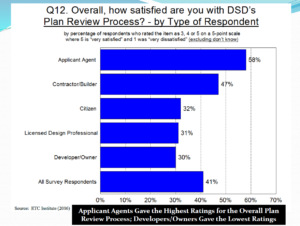Wednesday, March 15, 2017
Dear AURA:
I agree that we need a CodeNext process that does not begin with 97% of the final product already decided, and I would like to thank you for your open letter because it gives me an opportunity to clear up a misconception about what I’ve been saying. It is certainly possible that I have misspoken on this subject to a reporter, but regardless I want to make clear what I have intended to have been saying at the dozens of opportunities over the last few months when I’ve been able to talk about CodeNEXT.
In my State of the City in January, I spoke of the Austin Bargain where we all agree that we will achieve density along the transportation corridors and activity centers where folks want to buy housing but not significantly impact the interiors of neighborhoods. I suggested this compromise to avoid realizing the worst fears of many folks. Yes, we will actually meet our housing supply needs. Yes, we can do this without substantially and materially changing the interiors of our legacy and heritage neighborhoods. I have suggested that, if we agree to these two propositions, then we will mainly need to focus on the tough work of mapping the transition areas between the higher intensity areas and the single family areas. I have predicted that those transition areas will be relatively small (maybe 3% to 5%) of the city. This is certainly a great generalization, but it is intended to set a goal and to provide a high level proposed framework. Continue reading

